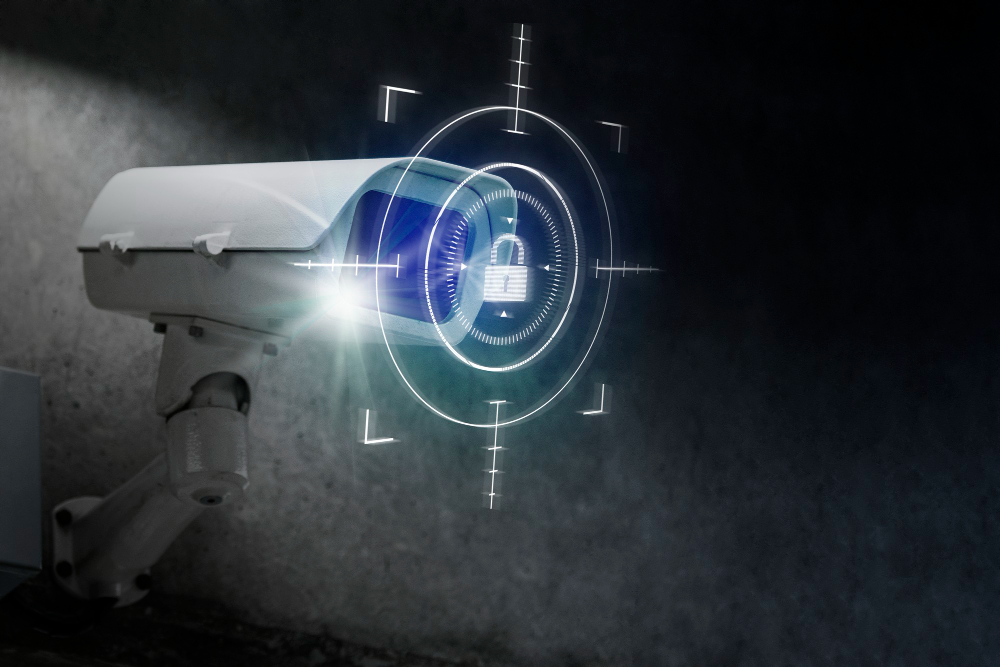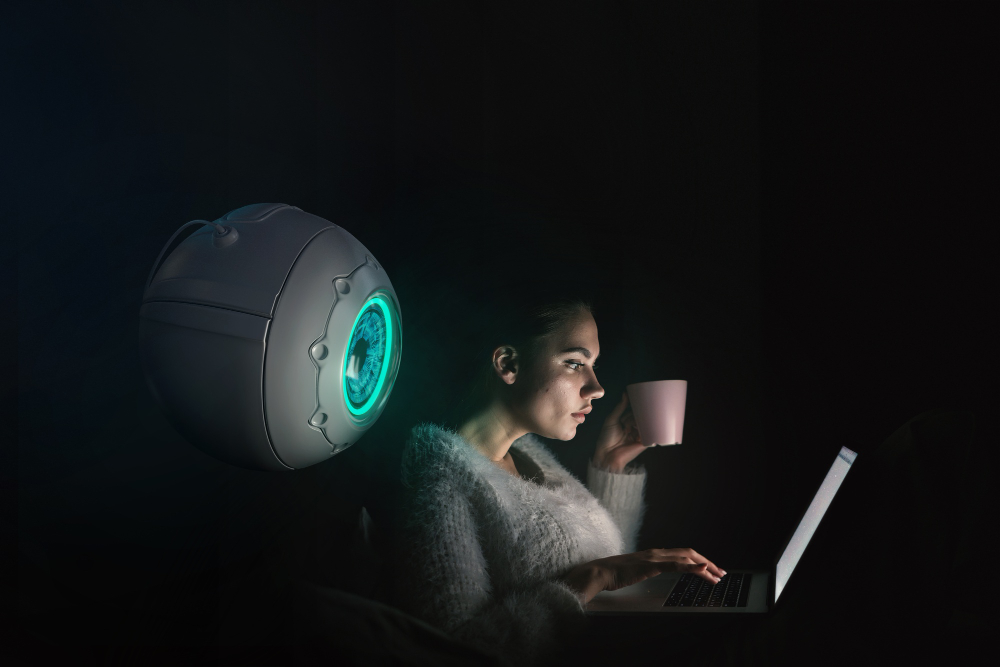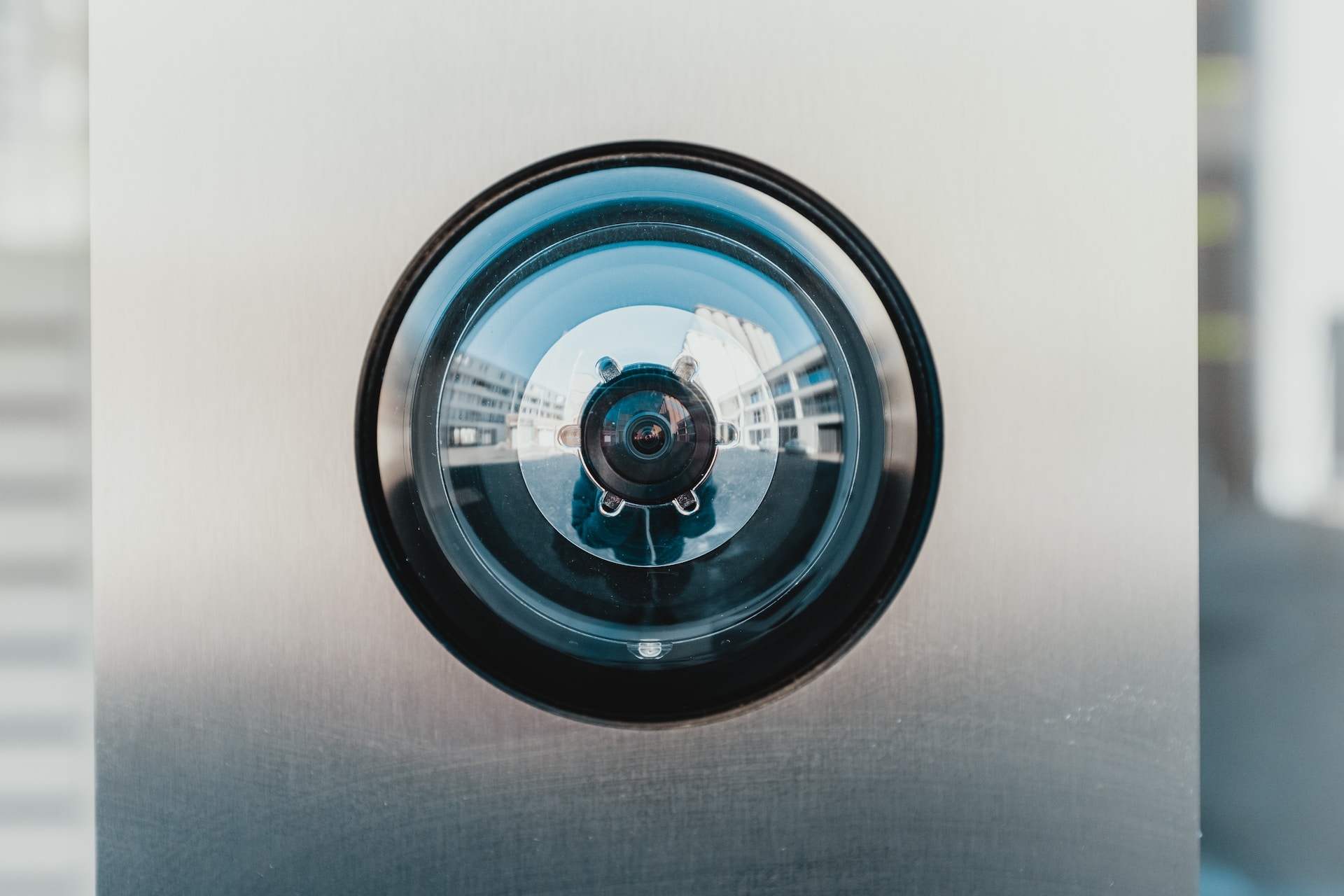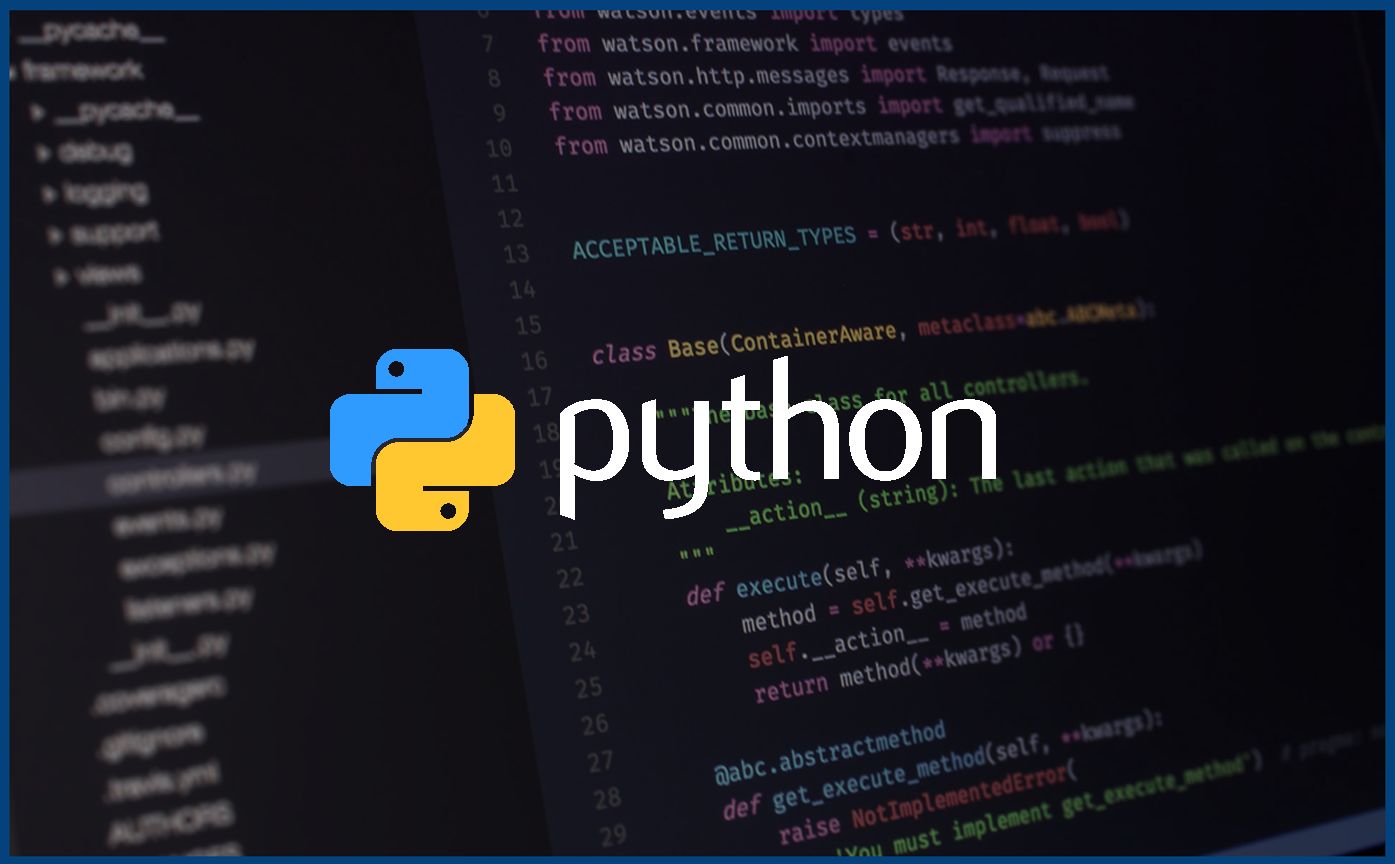In a world progressively infused with technology, the notion of privacy has taken on heightened importance. Every individual, now more than ever, holds the right to personal space and the assurance that they’re not being covertly observed. Hidden cameras, once tools reserved for spy films, have become readily available, and their uses, while sometimes benign, can often infringe upon personal privacy.
As these devices become more sophisticated, the everyday individual needs to be equipped with knowledge and strategies to detect them. Seeks to empower readers with practical steps to safeguard their privacy in various environments.
What are Hidden or Spying Cameras?

hidden or spy cameras are compact surveillance devices cleverly concealed within everyday objects or designed to be unobtrusive. Their primary purpose is to record activities without the knowledge or consent of those being observed. While standard security cameras are noticeable and meant to deter unwanted behaviors, hidden cameras aim for discretion. They can be embedded in objects ranging from alarm clocks and picture frames to smoke detectors and television sets.
The rise in technology has made these cameras not only affordable but also accessible to the general public. While they have legitimate uses, such as monitoring one’s property for security reasons or checking on caregivers, they can also be misused, infringing upon privacy and ethical boundaries. Being informed about these discreet devices is the first step in understanding the balance between surveillance for safety and unwarranted intrusion.
Common Places Where Hidden Cameras Might be Located

Hidden cameras can now be seamlessly integrated into everyday items, making them nearly imperceptible to the untrained eye. To effectively search for and identify hidden cameras, one must first understand the typical hiding spots and why they are chosen.
1. Alarm devices
At a glance, alarm devices are built for safety, warning us of potential dangers like break-ins or fires. Their inherent trustworthiness makes them an ideal spot for concealment. Some modern alarm devices, especially those with digital displays or added functionalities, might discreetly house a small camera. When inspecting, one should look for any unusual or opaque lens-like surfaces.
2. Smoke detectors
A staple in most homes and offices, smoke detectors are frequently overlooked. Their elevated positions give a panoramic view of rooms, making them a favored spot for concealed surveillance. While many smoke detectors have blinking lights or sensors, an additional unexpected light or lens should be scrutinized.
3. Electronic devices
Our living spaces are riddled with electronic devices, from TVs to alarm clocks. These items, especially those with screens or digital displays, can be modified to harbor tiny cameras without arousing suspicion. Devices left behind by others, or pre-installed in rented spaces, should be inspected for any modifications or unfamiliar ports.
4. Ceiling tiles
The vantage point from above is optimal for surveillance, and drop ceilings provide easy access for installation without causing noticeable disturbances. Tiles that appear slightly ajar, or have unexplained holes or marks, might be concealing cameras.
5. Books or DVD cases
What better place to hide a camera than within mundane items on a shelf? Some spy cameras are sold concealed within book spines or DVD cases. Periodically rearranging or dusting one’s collection can help in noticing if a book or case appears altered or out of place.
6. Air purifiers or air filter units
As devices intended to improve air quality, their constant humming and air movement make them less suspect to the sounds of recording equipment. Furthermore, their vents and design intricacies provide ample spots to hide a camera. Regular maintenance and cleaning can reveal any unusual additions.
7. Indoor plants
Nature’s decor and indoor plants enhance our spaces and air quality. However, their foliage, pots, and accompanying decor can be utilized to hide cameras. Cameras can be concealed within fake plants or placed behind real ones, providing a hidden vantage point.
8. Stuffed toys in children’s rooms
A concerning and unsettling thought, yet it’s essential to be thorough. Stuffed toys, especially larger ones with electronic components for sounds or movements, can be manipulated to house cameras. Regular washing and inspection can help ensure the toys remain just toys.
Best Ways To Detect Hidden Cameras

1. Physical Inspection
A meticulous physical inspection often uncovers concealed devices, utilizing our inherent senses of sight and touch. Physical checks are the bedrock of surveillance detection, forming the foundation on which all other methods rest. Trusting one’s instincts and observations is crucial. The most technologically advanced surveillance device can still leave physical clues of its presence. Being attentive to your surroundings and regularly conducting physical checks can greatly enhance personal security and peace of mind.
Check for unusual holes
Every building has its character, a combination of designs, nooks, and crannies. However, any hole, whether in walls, furniture, or seemingly random places, could be a potential vantage point for a hidden camera. When examining your surroundings, pay close attention to any such discrepancies. A hole might be purposefully drilled to install surveillance, so it’s vital to check for patched-up spots or places where the paint or wallpaper might seem disrupted.
Examine mirrors
Mirrors, by design, are meant to reflect, not to allow a view through them. A simple yet effective method to ascertain a mirror’s authenticity is the fingernail test. When you touch a genuine mirror, there should be a noticeable gap between your fingertip and its reflection due to the mirror’s thickness. If your finger and the reflection seem to touch directly, it might be a two-way mirror, which can be used to observe someone without their knowledge. Be especially wary of such mirrors in unfamiliar or private settings like changing rooms or hotel bathrooms.
Inspect wires
Wires are common in any modern setting, providing power or connectivity. However, they can also serve as a giveaway for concealed devices. A wire trailing off in an unexpected direction, an unfamiliar plug, or simply an excessive amount of wiring for a particular gadget should raise eyebrows. While many devices require power or connections, any wire that seems extraneous or out of place warrants a closer look. Additionally, wireless technology is prevalent, so a device with unexpected wires could be a cause for concern.
Check for two-way mirrors using the flashlight test
While the fingernail test is a quick way to check a mirror’s authenticity, the flashlight test offers another layer of verification. By darkening the room and shining a flashlight at the mirror, a two-way mirror would reveal what’s behind it, as it lacks the opaque backing of a standard mirror. If you can see an object or room behind the mirror, it might not be protecting your privacy as expected.
2. Use a Flashlight
In the quest to uncover concealed surveillance equipment, sometimes the simplest tools yield the most potent results. One such indispensable tool is the flashlight, which can unmask hidden cameras that might otherwise elude detection.
Camera lenses, despite their miniature size, are designed to absorb and focus light, which can inadvertently betray their location. By darkening the room and using a flashlight or even a smartphone’s flashlight feature, these lenses can reflect light, revealing their position.
To use this method effectively, stand in one corner of the room, ensuring it’s as dark as possible. Slowly pan the flashlight across the room, paying keen attention to any unexpected glints or reflections. A reflecting glint, especially from a spot where it doesn’t belong, could indicate the presence of a hidden lens.
3. RF Signal Detectors
As technology advances, so do the means to detect its presence. Radio Frequency (RF) signal detectors have emerged as frontline tools in the battle against covert surveillance, leveraging the very signals that these devices emit.
Every electronic device, including hidden cameras, emits radio frequencies when they operate. RF signal detectors are designed to pick up these emissions, essentially “sniffing out” active electronic devices. These detectors are especially effective against wireless cameras that transmit their feed to a remote receiver. The higher the frequency a hidden camera uses, the more likely an RF detector will pick it up. Using an RF detector is straightforward. After powering it on, walk slowly around the room or space. If the detector beeps, flashes, or otherwise indicates a signal, it’s a sign that an electronic device is nearby. It’s essential to ensure that known electronic devices, like smartphones or Wi-Fi routers, are accounted for, as they can also trigger the detector.
4. Use Your Smartphone
Our smartphones, beyond their primary functions, have evolved into versatile tools capable of myriad tasks. Among these tasks is the ability to detect potential surveillance threats. With built-in sensors and the power of modern apps, smartphones can be a handy ally in ensuring personal privacy.
Call a friend
Electronic devices, especially those that emit radio frequencies, can cause interference with other devices. This principle can be used to your advantage. By making a call and walking around the room or space, you can listen for any unusual interference or static in the call. If certain areas cause a noticeable disturbance in call quality, it could indicate the presence of a hidden device operating at a frequency that interferes with your phone call.
Camera Detector Apps
These apps utilize the smartphone’s infrared capabilities to detect electronic devices, including hidden cameras. Hidden cameras often emit infrared light, which is invisible to the naked eye but can be picked up by certain camera sensors. By using one of these apps, you can scan a room for sources of infrared light. If the app alerts you to a source that isn’t a known device (like a TV remote), it could be a hidden camera.
Magnetometer Function
Many smartphones come equipped with magnetometers, primarily used for compass functions. Some apps can leverage this feature to detect electromagnetic fields. Hidden devices, especially if they’re transmitting data, produce such fields. By using an app that accesses your phone’s magnetometer, you can potentially detect hidden electronic devices based on their electromagnetic emissions.
5. Network Check
As more devices become interconnected in the era of smart homes and the Internet of Things (IoT), our networks become potential gateways for hidden surveillance equipment. Ensuring that your network is free from unauthorized devices is a crucial step in maintaining privacy.
Wi-Fi scanner apps
Numerous Wi-Fi scanner apps are available for both smartphones and computers. These apps can detect devices connected to your local network. After running such an app, it provides a list of devices. Any unfamiliar or unidentified device might be a potential hidden camera or other surveillance equipment. Regular checks using these apps can help ensure your network remains uncompromised.
Check the router admin page
Almost every router has an administration page accessible via a web browser. By logging into this page (usually using a default IP address like 192.168.1.1 or similar), you can access a list of devices currently connected to your network. Regularly reviewing this list and identifying each device can alert you to any unfamiliar gadgets that might be lurking on your network.
6. Professional Help
While personal diligence and various detection methods can uncover most hidden surveillance devices, there are instances where professional expertise is warranted. The world of surveillance is ever-evolving, and professionals in the field are equipped with the latest tools and knowledge to detect even the most discreet of devices.
If you’ve utilized the above-mentioned methods and still have a nagging feeling of being watched, or if the stakes of potential surveillance are exceptionally high, it’s time to consult an expert. Professionals who specialize in “bug sweeps” or electronic surveillance detection employ sophisticated equipment and techniques to scan spaces for hidden devices, ensuring a comprehensive examination.
Conclusion
Understanding how hidden cameras operate and leveraging tools and techniques to detect them can go a long way in ensuring one’s peace of mind. While the technological landscape is ever-evolving, the fundamental right to privacy remains steadfast. Armed with the insights and strategies outlined in this guide, every individual can confidently navigate spaces with the assurance that they are in control of their privacy. Every person deserves to feel safe and unobserved in their personal space, and with the right approach, this can be a reality for all.





























































